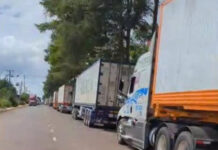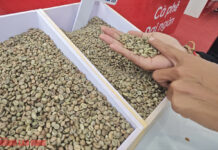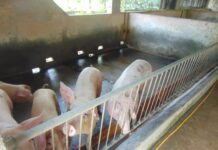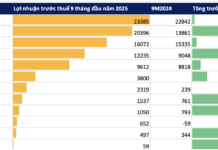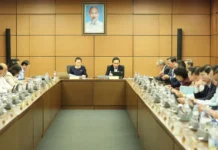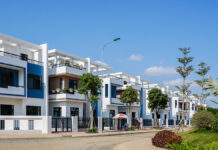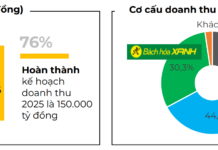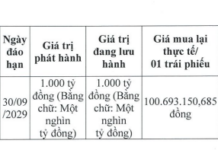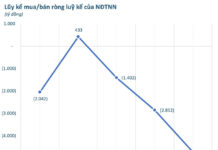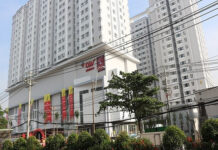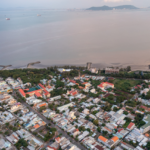Mr. Vo Van Hung, Deputy Secretary of the Provincial Party Committee and Chairman of the People’s Committee of Quang Tri, together with representatives of departments and agencies, recently inspected the progress of land clearance for the construction of the Van Ninh – Cam Lo highway.
During the inspection on February 15th (the 6th day of the Lunar New Year), Mr. Vo Van Hung and his team requested an acceleration of the construction progress of the resettlement areas serving the project in Cam Lo and Gio Linh districts. The relevant departments need to closely follow the committed schedule, avoiding complacency, and mobilizing all machinery and equipment for concentrated construction to complete the technical infrastructure as soon as possible, thus helping households stabilize their lives.

The construction units responsible for public works have also been assigned the task of completing the projects with the highest standards in terms of art and technology in order to create new, clean, and civilized residential areas.
For affected households, it is suggested that the relevant agencies and departments concentrate on persuading them to relocate to new homes and stabilize their lives as soon as possible, in order to hand over the land to the construction units according to the schedule.
As of now, the localities in Quang Tri province have completed compensation and support payments for the clearance of 28.28km out of 32.53km, reaching 86.94%.
Specifically, in Cam Lo district, 6.32 out of 6.58km have been completed, reaching 96%. In Gio Linh district, 9.36 out of 11.7km have been completed, reaching 80.0%. In Vinh Linh district, 12.6 out of 14.25km have been completed, reaching 88.4%. Clean land has been handed over to the management board of the Ho Chi Minh road project for 24.69 out of 32.53km, reaching 75.90%. Specifically, in Cam Lo district, 5.94 out of 6.58km have been completed, reaching 90.3%. In Gio Linh district, 8.6 out of 11.7km have been completed, reaching 73.5%. In Vinh Linh district, 10.15 out of 14.25km have been completed, reaching 71.2%.
Since the beginning of the new year, the leaders of the districts in Quang Tri province have also focused on directing the related units to carry out the construction and completion of technical infrastructure for the resettlement areas, with a total area of about 37.24 hectares.
In Gio Linh district, Hai Thai resettlement area with an area of 3.04 hectares, 29 households have completed the foundation construction and plot delineation with a completion rate of over 95%. Gio An resettlement area, with an area of 6.2 hectares, 72 households have completed various items of the project with a completion rate of about 45%. It is expected to complete the technical infrastructure by March 11, 2024.
In Linh Truong resettlement area with an area of 3.38 hectares, 31 households have completed about 35% of the construction work. It is expected to complete the technical infrastructure by March 15, 2024.
In Cam Lo district, Cam Tuyen resettlement area, with an area of 2.53 hectares and 15 households, has completed 50% of the construction work. It is expected to complete the technical infrastructure by March 15, 2024.
In Cam Thuy resettlement area, with an area of 3.16 hectares and 20 households, about 40% of the construction work has been completed. It is expected to complete the technical infrastructure by March 15, 2024.
In Cam Hieu resettlement area, with an area of 10.92 hectares and 96 households, about 40% of the construction work has been completed. It is expected to complete the technical infrastructure by March 15, 2024.
It is known that the Van Ninh – Cam Lo highwway project is part of the East phase of the North-South expressway project from 2021 to 2025, with a total length of 65.7km. In particular, the section passing through Quang Tri province is 32.53km long, passing through the districts of Vinh Linh (14.25km), Gio Linh (11.9km), and Cam Lo (6.38km).
In order to serve the construction of the Van Ninh – Cam Lo highway, there are 351 households in Quang Tri that need to be resettled, but only 28 households have been relocated so far.

